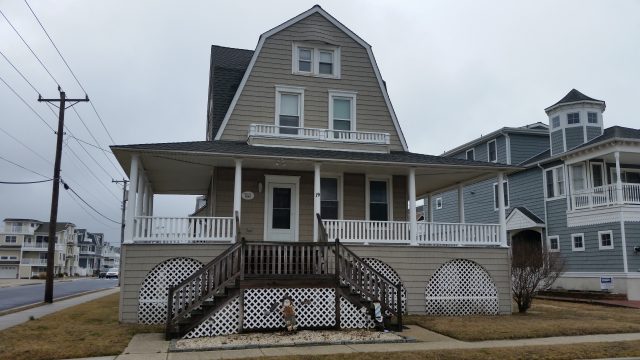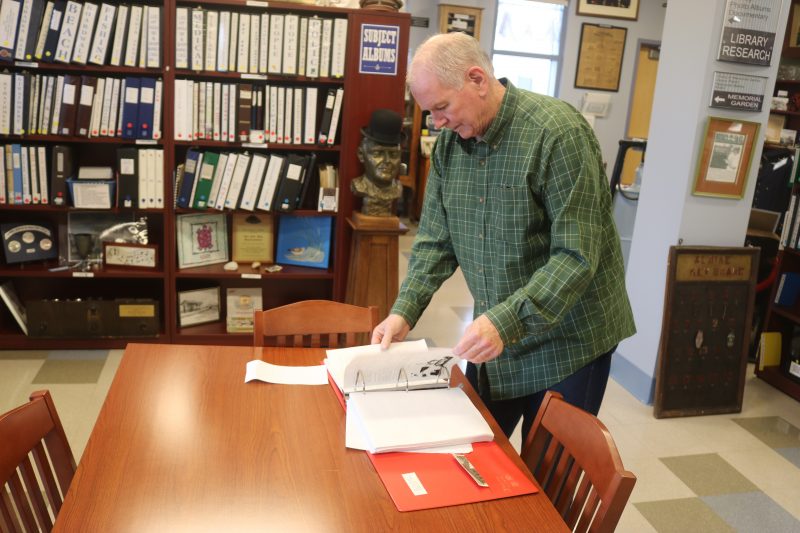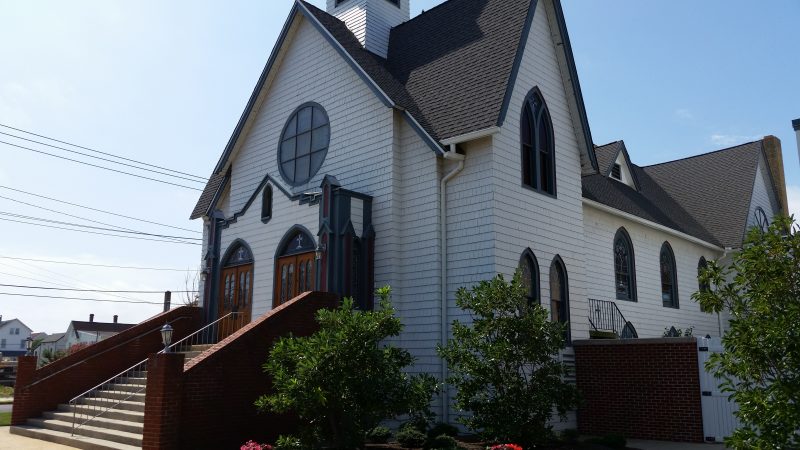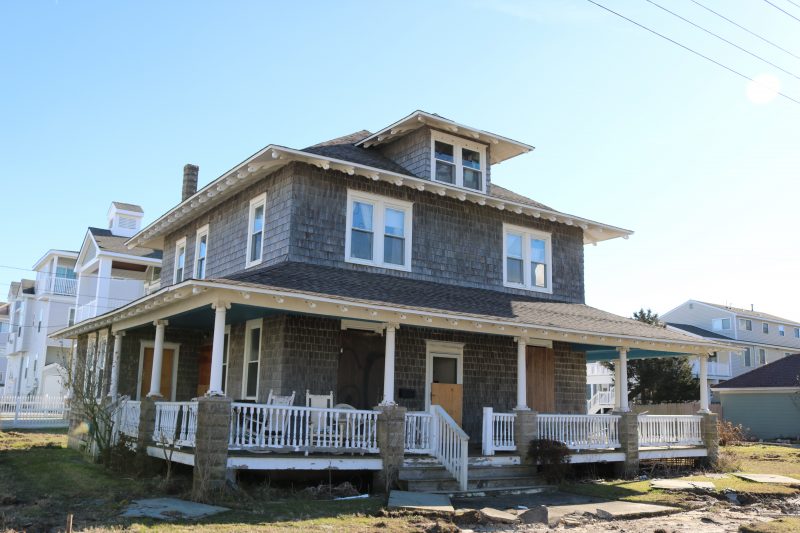
By Donald Wittkowski
Former Mayor Mike McHale flipped through the faded pages of a historic preservation study, conducted in 1993, that cataloged the old homes of Sea Isle City.
“I would say a good many of them are gone now. No doubt about that,” McHale said wistfully of the historic houses.
The study is a remnant of the Sea Isle City Historic Preservation Commission, a body that was created in 1986 but fizzled out around 1999, according to city records.
Twenty years later, there are some people who believe that Sea Isle should consider reviving the mission of the Historic Preservation Commission to protect the dwindling number of old homes and buildings in town.
McHale is one of them, but he concedes it may be a long shot. He believes it would be “almost impossible” for Sea Isle to create a large-scale historic district similar to the one that protects the Victorian-era homes and businesses in Cape May.
“There is no section in this town anymore that you would say is historically significant,” he said.

McHale, who served as mayor from 1985 to 1993, was a member of the Historic Preservation Commission. He currently serves on the board of trustees for the Sea Isle City Historical Museum.
With no legitimate historic neighborhoods to speak of anymore in Sea Isle, McHale wants to concentrate on preserving the individual old buildings that are scattered throughout town.
Currently, he is leading a group that is looking to save the 135-year-old chapel of the St. Joseph Catholic Church amid bitter debate by the church leaders and parishioners over whether the historic sanctuary should be saved or redeveloped into a spiritual life center.
“We’re trying to get protection for the old St. Joseph Church,” said McHale, who is a parish member.
City Solicitor Paul Baldini stressed that the city government is not likely to get involved in the St. Joseph controversy because of the constitutional separation of church and state. He called the fight over the chapel’s fate “a unique neighborhood issue.”

Baldini did some research on the Historic Preservation Commission after a local resident, Tom Maguire, complained to City Council about the demolition of so many old homes in Sea Isle in recent years.
“All of these houses are being torn down,” Maguire said in an interview after the City Council meeting on Feb. 26.
Maguire, who has lived in Sea Isle for 27 years, said he plans to ride around town and take inventory of the old homes that are still standing. He hopes the city will create a historic registry to give them formal protection.
Council President Jack Gibson told Maguire that he should put his suggestions in writing and present them to City Business Administrator George Savastano.

Some of the historic homes in town have “circa” plaques attached to them that state the year they were built.
A Colonial Revival-style house that stood at the corner of 48th Street and Landis Avenue was the most recent old home in Sea Isle to be torn down. Built about a century ago, the vacation house was demolished on Jan. 31 after it was sold for $1.1 million by a woman whose family owned it for 65 years. A new duplex will be built on the property, continuing a trend in Sea Isle where old single-family homes are replaced by large duplexes.
Abby Powell, president of the Sea Isle City Historical Museum, lamented the loss of the old home at 48th and Landis. She would always marvel at the house when she would walk by it when it was still in good shape, thinking that it was the “poshest of the posh shore homes.”
Powell said she favors having Sea Isle enact formal regulations to protect historic homes and buildings.
“I thought it was brought up many times and it just didn’t pass City Council,” she said of a historic preservation ordinance.

Baldini, who serves as the city’s lead attorney, said it appears that the Historic Preservation Commission was established by ordinance in 1986. Based on his research, the seven-member body lapsed several years later “due to a lack interest.”
Records indicate that the historic preservation ordinance was revamped in 1992 to revive the commission. However, the commission apparently died in 1999 because not enough volunteers wanted to serve on it, Baldini noted.
Funded by a federal grant from the National Parks Service, the preservation commission hired a consulting firm in 1993 to conduct a survey of the old homes in Sea Isle. Although the study was completed, the old buildings were never formally designated as historic landmarks, a step that might have helped protect them from demolition.
“It never got there,” McHale said.
The 34-page study meanwhile, remains a record of the Sea Isle Historical Museum. The musty report is filled with black-and-white photos and a brief description of the old homes of Sea Isle – rather, many of the old homes that have since disappeared.







